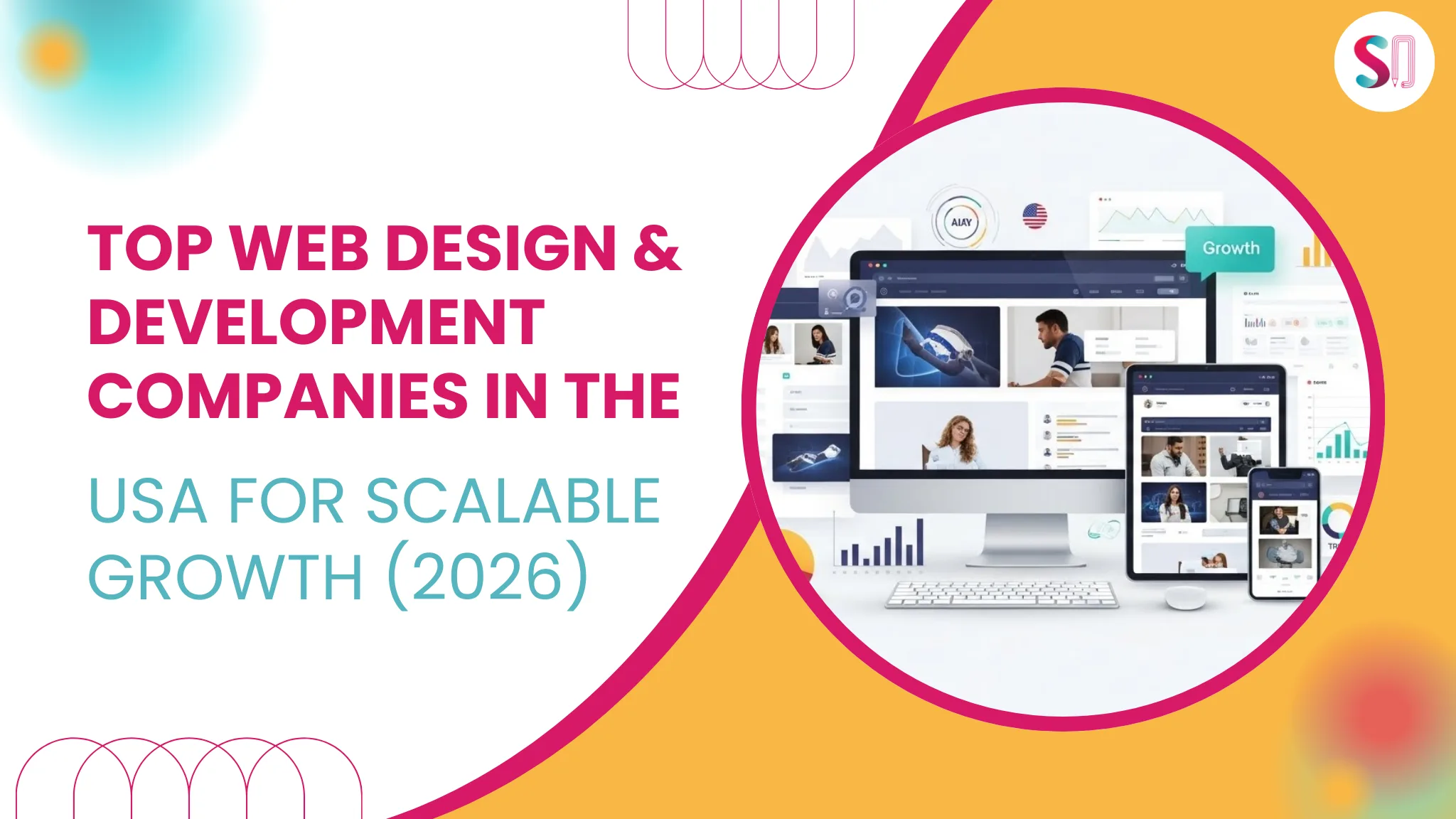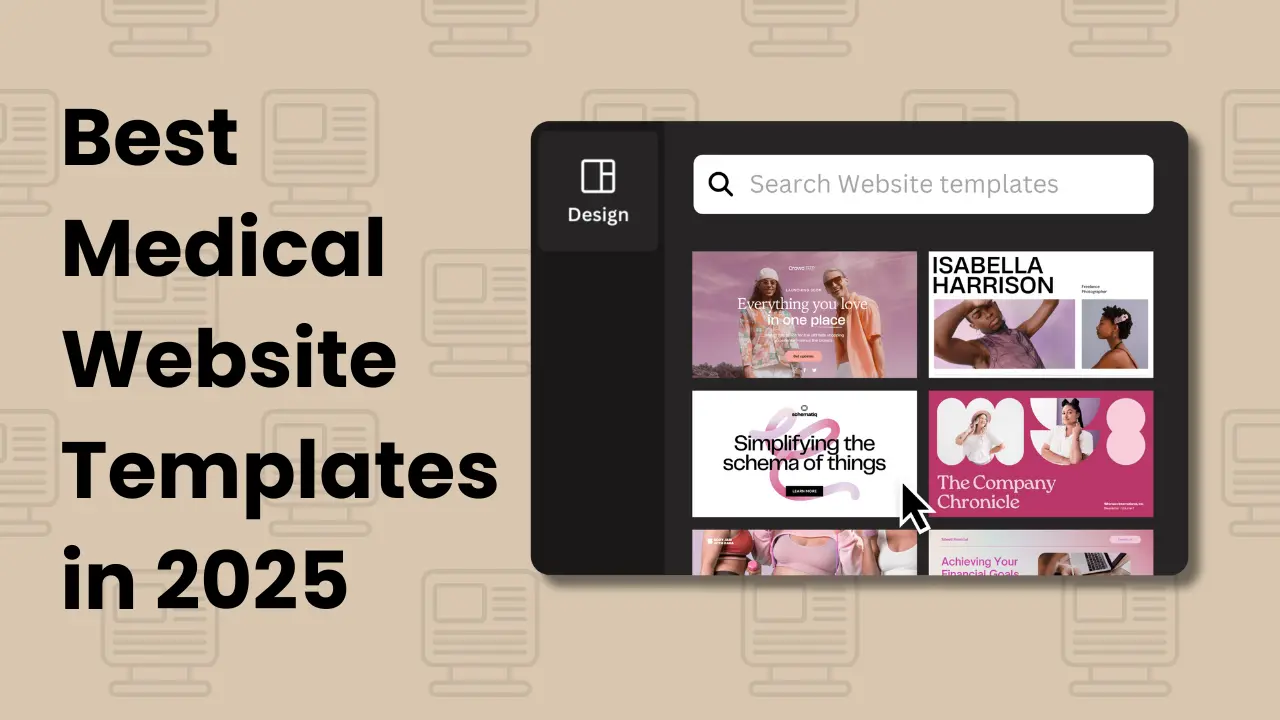Introduction
In 2025, building a website is no longer just about creating a digital brochure. Your website is the central hub of your brand, customer engagement, and sales. Choosing the right web design company can be the difference between a thriving online presence and a costly, ineffective website.
If you’re wondering how to choose a web design company in 2025, or looking for tips on choosing a web designer who truly understands your business, you’re in the right place.
This comprehensive overview is designed to assist you in asking the ideal inquiries, analyzing prospective partners, and with confidence make a decision that fits your objectives and budget plan. So, let’s jump right into the 10 crucial questions you need to take into consideration before hiring any kind of web development company.
Why It’s Important to Pick the Right Web Design Agency
Before we delve into the questions, it’s critical to recognize why this selection matters a lot in 2025.
Digital Expectations Are Higher Than Ever
With billions of websites online, customers anticipate a smooth, quick, and user-friendly experience on every gadget. Google’s algorithms prioritize:
Mobile-first indexing: Google mainly places sites based on their mobile version.
Core Web Vitals: Slow websites are penalized in rankings.
Accessibility compliance: Ensures use for people with disabilities and boosts the total experience.
Structured data and abundant fragments: Boost click-through prices by enhancing search listings.
A site built without these factors in mind threatens inadequate search rankings, high bounce rates, and lost business.
Website for Your Business?
Your website is a business asset
Your website is your most noticeable marketing tool and sales network. It needs to:
- Show your brand name’s identity and values
- Provide pertinent, convincing content
- Capture leads and sales properly
- Support progressive advertising techniques
- Range with your business development
Selecting a web designer who recognizes these duties and integrates a service approach into the layout is necessary for lasting success.
1. How Will You Understand My Business and Audience?
A wonderful website design firm doesn’t simply build a site; it builds a site that works for your unique service and audience.
What To Search for:
In-depth stakeholder meetings: They should prepare to talk with leadership, advertising and marketing, sales, and frontline workers.
Audience research: Evaluating client data, pain points, goals, and habits.
Competitive evaluation: Understanding your industry landscape and positioning.
Why Website Design Matters:
Website design without a deep understanding of your business often misses the mark. A style focused on your audience’s needs enhances interaction and conversion.
Example:
Imagine a health and wellness brand collaborating with a developer who just duplicates rivals’ themes. Instead, the right developer conducts meetings to find out that customers desire very easy navigation to item benefits and a blog that addresses wellness questions. This research study informs a UX and material technique that exceeds rivals.
2. Can You Show Me Website Design Projects You’ve Completed?
Experience issues, particularly with projects comparable to yours.
What To Ask:
Can you offer case studies or profiles pertinent to my market?
Have you developed websites with comparable features or scale?
What outcomes have your customers achieved (web traffic, leads, sales)?
Why It Matters:
Relevant experience means the team understands the obstacles you deal with and has shown experience.
Example:
A B2B SaaS company employing a designer with only eCommerce experience may face unanticipated concerns with complex integrations. Conversely, a firm specializing in SaaS websites comprehends sector jargon, customer expectations, and compliance demands.
3. What Is Your Website Design and Development Process?
Openness concerning the procedure ensures your expectations are aligned.
Key Stages To Expect:
Exploration: Service and target market research study, technical requirements
Wireframing: Producing low-fidelity designs to understand customer flow
Visual Layout: Using branding, colors, typography, and pictures
Development: Coding front-end and back-end, incorporating systems
Testing: Examining performance, responsiveness, rate, and ease of access
Launch: Releasing the website and surveillance for concerns
Post-Launch Assistance: Maintenance, updates, and optimizations
Why It Matters:
An organized process decreases dangers, guarantees turning points, and includes your comments. Be cautious of companies with obscure or hurried processes.
Example:
The best business supply clickable prototypes for your review before beginning development, saving time and staying clear of costly rework.
4. How Do You Approach User Experience (UX) and Mobile Responsiveness?
UX and mobile design are non-negotiable in 2025.
What To Look For:
Mobile-first style: Designing for mobile phones initially, and then scaling up
Fast load times: Enhanced photos, caching, minimized code
Accessibility functions: Keyboard navigation, color contrast, and alt text
User screening: Real user feedback to refine navigation and layout
Why It Issues:
Excellent UX leads to longer sessions, lower bounce rates, and higher conversion rates. Google ranks websites higher when customers are involved positively.
Example:
An eCommerce website that takes 7 seconds to load will lose customers. A mobile-optimized, fast-loading site can increase sales by 30% or more.
5. How Do You Integrate SEO into Your Website Design Process?
Search engine optimization is a foundation of website success, yet it needs to be baked into the layout, not included later on.
Secret Search Engine Optimization Considerations:
- The keyword research study lined up with the content and business goals
- Sensible site framework with clear navigation
- Maximized URLs, meta tags, headings, and photos
- Schema markup to enhance search result listings
- Quick, safe, mobile-friendly pages
- Analytics and conversion tracking setup
Why It Matters:
SEO drives organic website traffic, drives leads, and minimizes reliance on paid advertisements. Google prefers websites that integrate technological excellence with quality web content.
Example:
A website with enhanced metadata and schema markup can gain highlighted fragments in Google, enhancing presence and click-through rates.
6. How Will You Measure and Report Success After Launch?
Tracking and analytics ensure your website satisfies organizational objectives.
What To Expect:
- Interpretation of KPIs such as website traffic, bounce rate, and conversions
- Google Analytics 4 and Search Console configuration
- Normal performance records with workable understandings
- Suggestions for continuous optimization
Why It Matters:
Without information, you can not improve. Regular dimension verifies ROI and overviews the advertising and marketing method.
Example:
A firm that supplies regular monthly reports showing traffic fads and conversion metrics allows you to track progress and fine-tune campaigns.
7. How Do You Manage Project Timelines and Deadlines?
- Timely delivery of website design and development is vital for marketing plans and product launches.
Good Practices:
- Sensible task timelines with integrated buffers
- Clear landmarks and deliverables
- Clear communication regarding delays
- Aggressive problem-solving
Why It Matters:
Delays can disrupt projects and increase costs. Clear assumptions avoid shocks.
Example:
An agency that offers a comprehensive Gantt chart and regular updates assists you in staying informed and on track.
8. What Support and Maintenance Do You Offer After Launch?
Typical Solutions:
- Software/plugin updates and patching
- Security monitoring and back-ups
- Efficiency tuning
- Material updates and insect fixes
- Helpdesk or emergency situation support
Why It Matters:
Continuous support keeps your website protected, practical, and enhanced.
Example:
A firm offering tiered upkeep plans offers you versatility depending on your budget and needs.
9. How Do You Handle Scope Changes or Added Requests?
Change is inevitable in web jobs.
Ideal Practices:
- Transparent price and timeline influence discussions
- Composed authorization for the added job
- Clear limits to prevent scope creep
Why It Matters:
Clear policies help manage your budget and ensure transparency.
Example:
An agency that interacts with the scope upfront and provides modification order records stops surprises.
10. Can I Meet the Group Working on My Website?
Recognizing that building your website constructs confidence.
What To Expect:
- Introductions to designers, designers, and project managers
- Clear descriptions of roles and responsibilities
- Opportunities for straight communication
Why It Matters:
Knowledge promotes trust and improves partnership.
Example:
Fulfilling the team early aids in establishing rapport and improves communication cycles.
Bonus Tips for Choosing the Best Website Designer in 2025
- Check verified client reviews and testimonials on platforms like Clutch and Google Business.
- Request a detailed, written proposal outlining scope, deliverables, costs, and timelines.
- Evaluate cultural fit and communication style — it matters for smooth collaboration.
- Beware of the cheapest bids — low cost often means compromised quality.
- Plan for scalability — your website should grow with your business needs.
Conclusion
Choosing the right web design and development company in 2025 goes beyond reviewing flashy portfolios — it involves assessing their expertise, design process, communication style, and how well they align with your business goals.
About the author
Popular Posts

15 Inspiring B2B Website Designs to Watch in 2026
January 8, 2026- 6 Min Read

Top Web Design & Development Companies in the USA for Scalable Growth (2026)
January 6, 2026- 8 Min Read

The Ultimate Guide to WordPress: From Beginner to Business Website Expert
January 3, 2026- 7 Min Read



